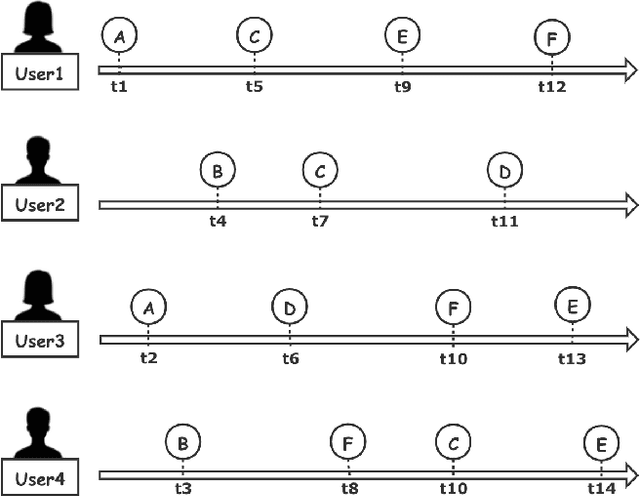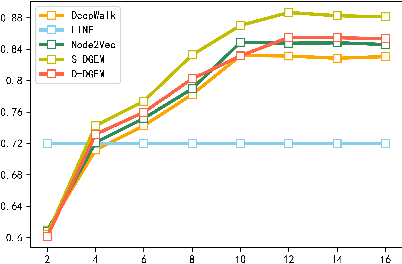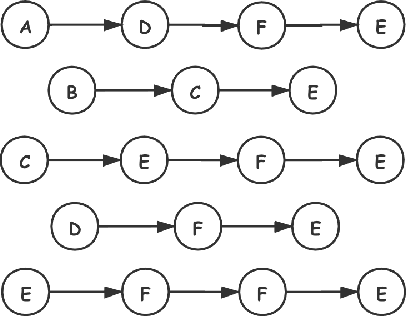Rongwei Yang
LLM-POTUS Score: A Framework of Analyzing Presidential Debates with Large Language Models
Sep 12, 2024Abstract:Large language models have demonstrated remarkable capabilities in natural language processing, yet their application to political discourse analysis remains underexplored. This paper introduces a novel approach to evaluating presidential debate performances using LLMs, addressing the longstanding challenge of objectively assessing debate outcomes. We propose a framework that analyzes candidates' "Policies, Persona, and Perspective" (3P) and how they resonate with the "Interests, Ideologies, and Identity" (3I) of four key audience groups: voters, businesses, donors, and politicians. Our method employs large language models to generate the LLM-POTUS Score, a quantitative measure of debate performance based on the alignment between 3P and 3I. We apply this framework to analyze transcripts from recent U.S. presidential debates, demonstrating its ability to provide nuanced, multi-dimensional assessments of candidate performances. Our results reveal insights into the effectiveness of different debating strategies and their impact on various audience segments. This study not only offers a new tool for political analysis but also explores the potential and limitations of using LLMs as impartial judges in complex social contexts. In addition, this framework provides individual citizens with an independent tool to evaluate presidential debate performances, which enhances democratic engagement and reduces reliance on potentially biased media interpretations and institutional influence, thereby strengthening the foundation of informed civic participation.
DGEM: A New Dual-modal Graph Embedding Method in Recommendation System
Aug 09, 2021



Abstract:In the current deep learning based recommendation system, the embedding method is generally employed to complete the conversion from the high-dimensional sparse feature vector to the low-dimensional dense feature vector. However, as the dimension of the input vector of the embedding layer is too large, the addition of the embedding layer significantly slows down the convergence speed of the entire neural network, which is not acceptable in real-world scenarios. In addition, as the interaction between users and items increases and the relationship between items becomes more complicated, the embedding method proposed for sequence data is no longer suitable for graphic data in the current real environment. Therefore, in this paper, we propose the Dual-modal Graph Embedding Method (DGEM) to solve these problems. DGEM includes two modes, static and dynamic. We first construct the item graph to extract the graph structure and use random walk of unequal probability to capture the high-order proximity between the items. Then we generate the graph embedding vector through the Skip-Gram model, and finally feed the downstream deep neural network for the recommendation task. The experimental results show that DGEM can mine the high-order proximity between items and enhance the expression ability of the recommendation model. Meanwhile it also improves the recommendation performance by utilizing the time dependent relationship between items.
 Add to Chrome
Add to Chrome Add to Firefox
Add to Firefox Add to Edge
Add to Edge